
Overlooking These Signs, Young People Increase Their Risk of Stro.ke
Overlooking These Signs, Young People Increase Their Risk of Stro.ke
Many young people tend to be dismissive and fail to clearly recognize the typical signs of a stro.ke, even believing that a stro.ke cannot occur at their age.

According to Associate Professor Dr. Mai Duy Tôn, Director of the Stroke Center at Bach Mai Hospital, young patients account for nearly 10% of all stroke cases at the center. This is an alarming figure that is on the rise. Unfortunately, most patients are admitted late, missing the “golden hour” for recovery.
Why Do Young People Delay Seeking Hospital Care?
The main reason is an overconfident mindset. Young people do not recognize the typical signs of a stroke and assume that the condition only affects older individuals. When they arrive at the hospital late, they lose the opportunity for timely treatment, resulting in serious health consequences and even becoming a burden for their families and society.
Factors That Increase Stroke Risk in Young People
According to Associate Professor Dr. Mai Duy Tôn, the risk factors for stroke in young people include:
-
Hypertension (the primary cause): According to the Vietnam Heart Association, 1 in 4 people aged 25–49 suffers from high blood pressure.
-
Metabolic disorders: Such as diabetes, obesity, and dyslipidemia.
-
Unhealthy habits: Including smoking, excessive alcohol consumption, a sedentary lifestyle, and prolonged stress.
-
Genetic factors: Such as vascular abnormalities and blood coagulation disorders, which increase the risk of blockages or ruptures in the brain's blood vessels.
Signs of Stroke
When a stroke occurs, the symptoms appear immediately or within a few hours and include:
-
Sudden weakness or numbness in the face, arm, or leg, usually on one side of the body.
-
Slurred speech, difficulty speaking, or inability to understand others.
-
Sudden loss of vision, especially in one eye.
-
A severe headache with no clear cause.
-
Dizziness, loss of balance, or inability to control movements voluntarily.
If you notice any of these signs, call emergency services at 115 immediately to get the patient to the hospital in time. Treatment during the “golden hour” can help save lives and reduce severe complications.
Transient Ischemic Attack (TIA) – A Warning Sign Before a Stroke
About one-third of stroke cases occur after the patient experiences one or more transient ischemic attacks (TIAs). This condition is a temporary interruption of blood flow to the brain, with symptoms including:
-
Sudden loss of vision.
-
Weakness or numbness on one side of the body for a few minutes.
The danger is that once the symptoms disappear, the patient may become complacent and ignore them. However, these episodes can be early warnings of an actual stroke. If you experience these signs, seek medical attention immediately for proper evaluation and timely treatment.
Strokes are not only affecting older people—they are increasingly occurring in younger individuals. Recognizing early signs and proactively preventing stroke is the best way to protect your own health and that of your loved ones.
How to Prevent Stroke?
Associate Professor Dr. Mai Duy Tôn advises young people to:
-
Undergo regular health check-ups: Screen for risk factors and seek early treatment if conditions such as hypertension, diabetes, or dyslipidemia are detected.
-
Adopt a healthier lifestyle: Quit smoking, limit alcohol consumption, maintain a balanced diet, and exercise regularly.
-
Check your family history: If there is a history of vascular abnormalities or coagulation disorders in your family, consult with a specialist for risk screening.
News in the same category


Using This After Drinking Al.c.o.h.ol Doubles Liver Damage and May Lead to Early Cirrhosis

When the Liver Is Unhealthy, the Body May Show '3 Yellows and 1 Red'

🧄 ALL THE DIRT COMES OUT OF THE BODY.

10 Surprising Benefits & Uses of Cloves – A Powerful Natural Remedy

10 Cancer-Linked Foods You Should Never Put in Your Mouth Again

Eat boiled green bananas every day - Unexpected health benefits

Pumpkin is really good, but for these 5 groups of people, it is a "double-edg.ed s.word" for health and should be limited

A new can.cer vaccine trains the immune system to recognize and attack tumor cells

Natural Treatment for Diabetes, Stomach Issues, and High Blood Pressure

What are the benefits of drinking lemon water?

Eliminate Nail Fungus Naturally

Natural remedy for sore joints and bones: Only four ingredients!

Overeating These 5 Foods Is Like ‘Overworking and Straining’ Them
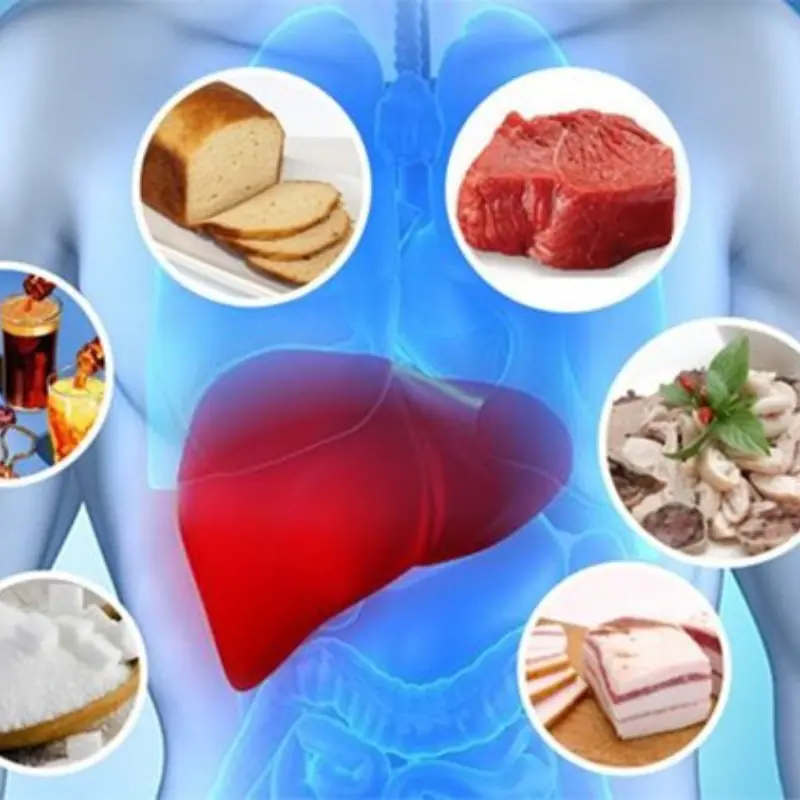
No Matter How Delicious, Avoid Overeating These Foods to Protect Your Liver
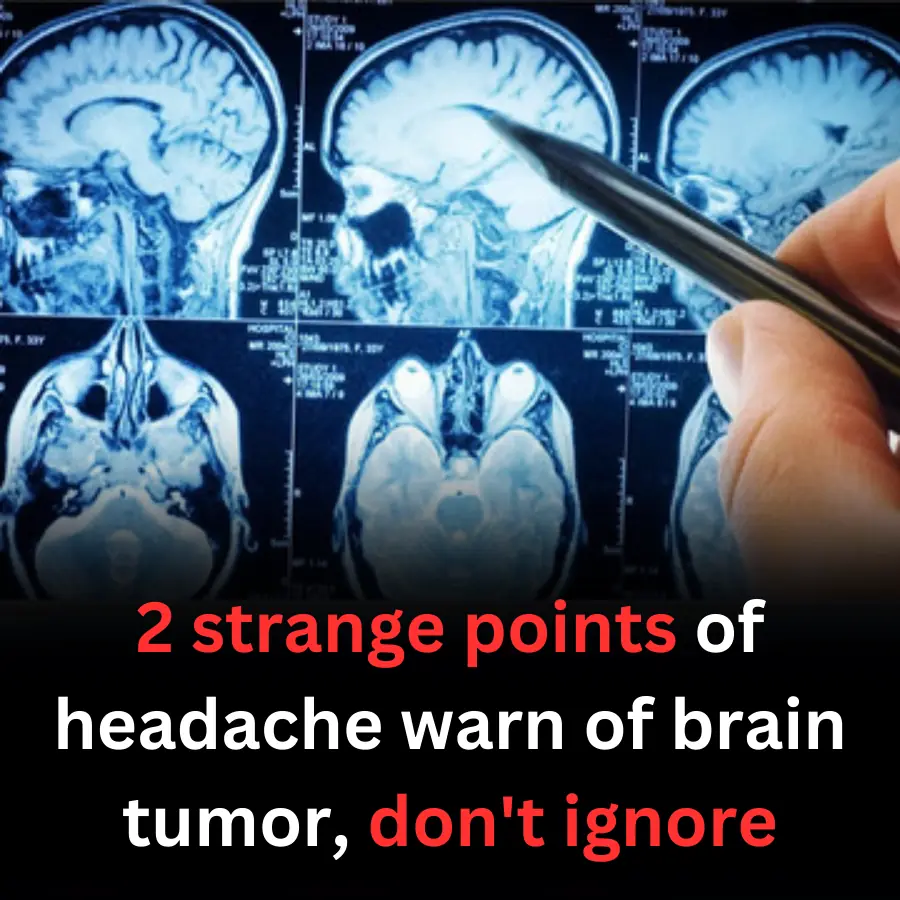
Two strange points of headache warn of brain tumor, don't ignore
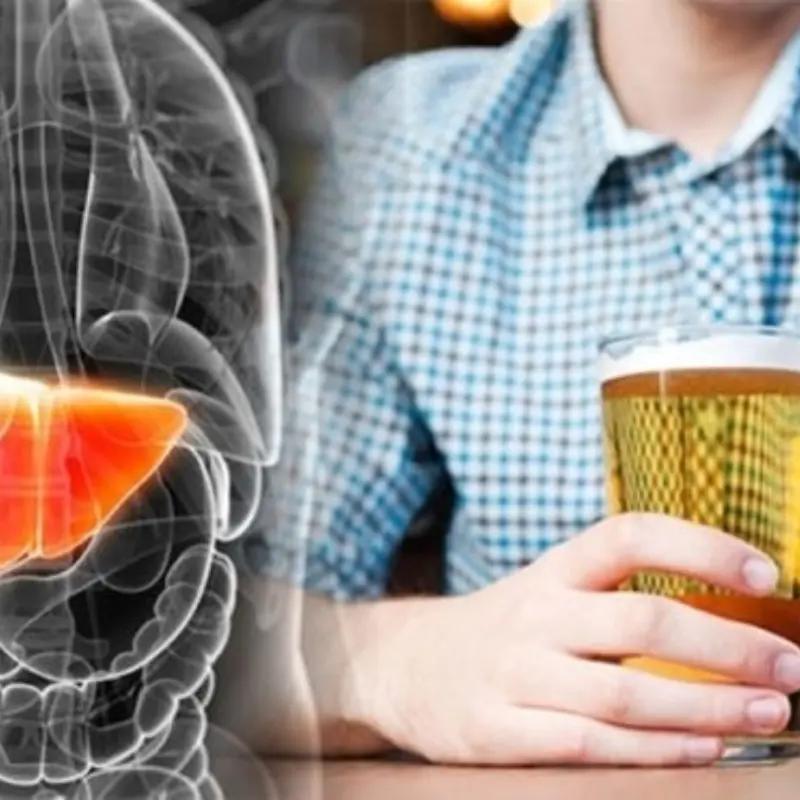
5 Drinks That Damage the Liver Faster Than A.lco.ho.l
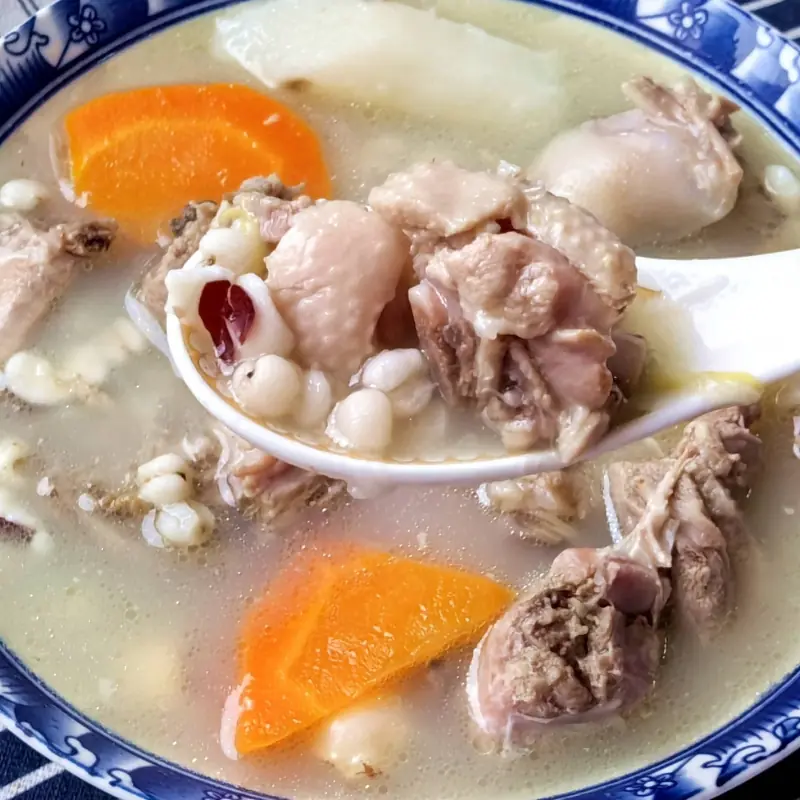
Limit Chicken and Beef in April, Prioritize These 3 Nutritious Meats

5 Foods That Are Considered "Parasite Havens" – Some of Which Are Very Popular
News Post

Mix washing powder with a can of b.eer and leave it in the corner of the house. No matter how many mosquitoes there are, they will all be ki.ll.ed

There Are 7 Items in Your Home That Never Expire

Using This After Drinking Al.c.o.h.ol Doubles Liver Damage and May Lead to Early Cirrhosis

When the Liver Is Unhealthy, the Body May Show '3 Yellows and 1 Red'

🧄 ALL THE DIRT COMES OUT OF THE BODY.

A Fish Called the "Ginseng of the Sea": Cheaper Than Meat, More Nutritious Than Bird’s Nest – Often Overlooked

The Photo That Took the Internet by Storm: Can You Spot the Special Detail?

10 Surprising Benefits & Uses of Cloves – A Powerful Natural Remedy

10 Cancer-Linked Foods You Should Never Put in Your Mouth Again

Eat boiled green bananas every day - Unexpected health benefits

3 parts of shrimp that "accumulate t.oxins" - Many people eat them without knowing

Pumpkin is really good, but for these 5 groups of people, it is a "double-edg.ed s.word" for health and should be limited

A new can.cer vaccine trains the immune system to recognize and attack tumor cells

5 types of poisonous meat and fish that are so terrible that sellers don't dare eat a piece
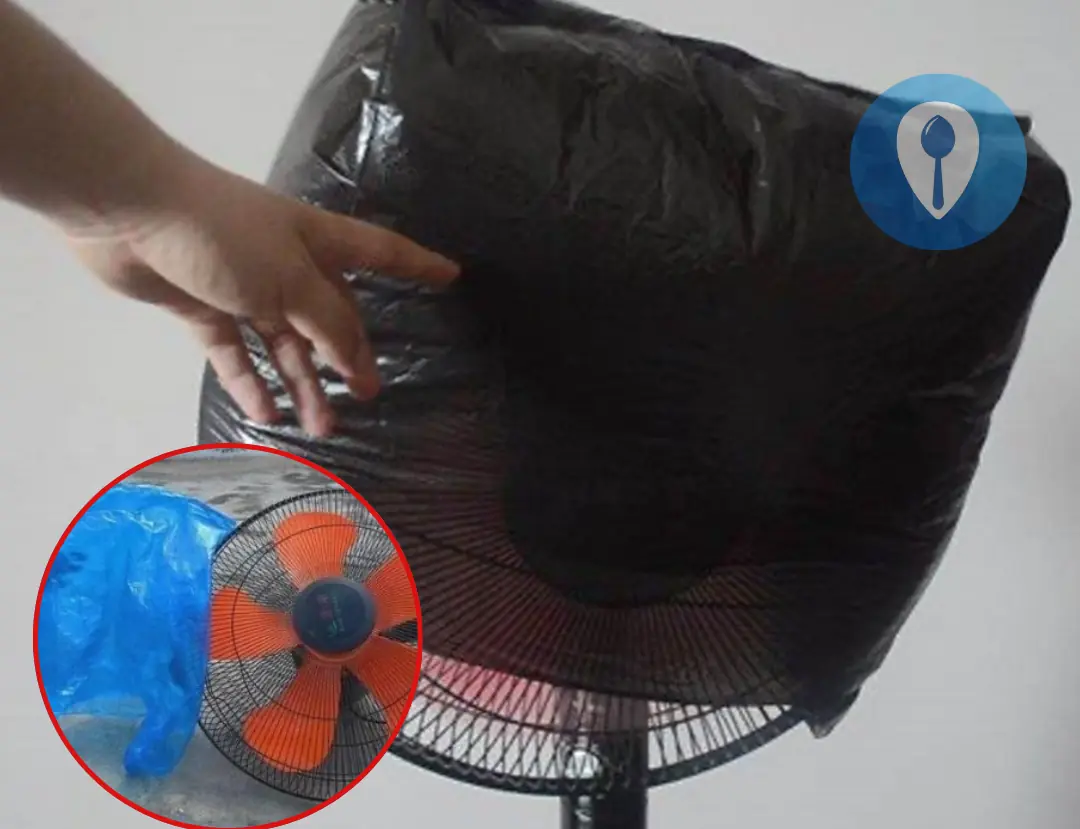
If the electric fan is dirty, don't rush to disassemble it.

Natural Treatment for Diabetes, Stomach Issues, and High Blood Pressure

What are the benefits of drinking lemon water?

Eliminate Nail Fungus Naturally
